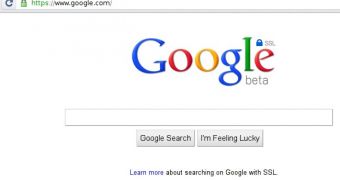Google’s move to a more secure search engine has created some unexpected problems for schools and presumably any other organization that filters the web. The search engine introduced an encrypted version in beta last month, a move hailed by privacy advocates and security experts. However, some schools are now worried that its students are using it to bypass the filters most have in place. What’s more, the solution is not as simple as adding https://www.google.com to the filter.
The way most schools handle the issue of restricting access to sites and content deemed inappropriate for the young minds is to install simple web filters. These rely on a blacklist of domains and keywords used to decide which websites to let pass and which to block. However, most of these filters can’t sniff encrypted traffic, so a student could use the new secure Google website to search for any term they could think of including banned ones.
Of course, students can’t really do that much through this ‘loophole.’ They can search for any term and even view ‘naughty’ thumbnail images, but that’s about it. They won’t be able to visit any of the websites in the search results or see larger versions of the images.
Still, this too is deemed too much by schools and some have proceeded in banning https://www.google.com. The problem is, plenty of Google’s services use the same URL including Gmail and Google Docs leaving students without access to their email accounts or, even worse, to their collaborative work in Docs.
"We're aware that encrypted search can create difficulties for some educational institutions using other Google services. We're very sorry for the inconvenience, and are working to identify a solution as fast as possible. An imperfect and temporary fix is to enable our SafeSearch lock feature," Google spokeperson Kat Eller told ReadWriteWeb in response to the situation.

 14 DAY TRIAL //
14 DAY TRIAL //